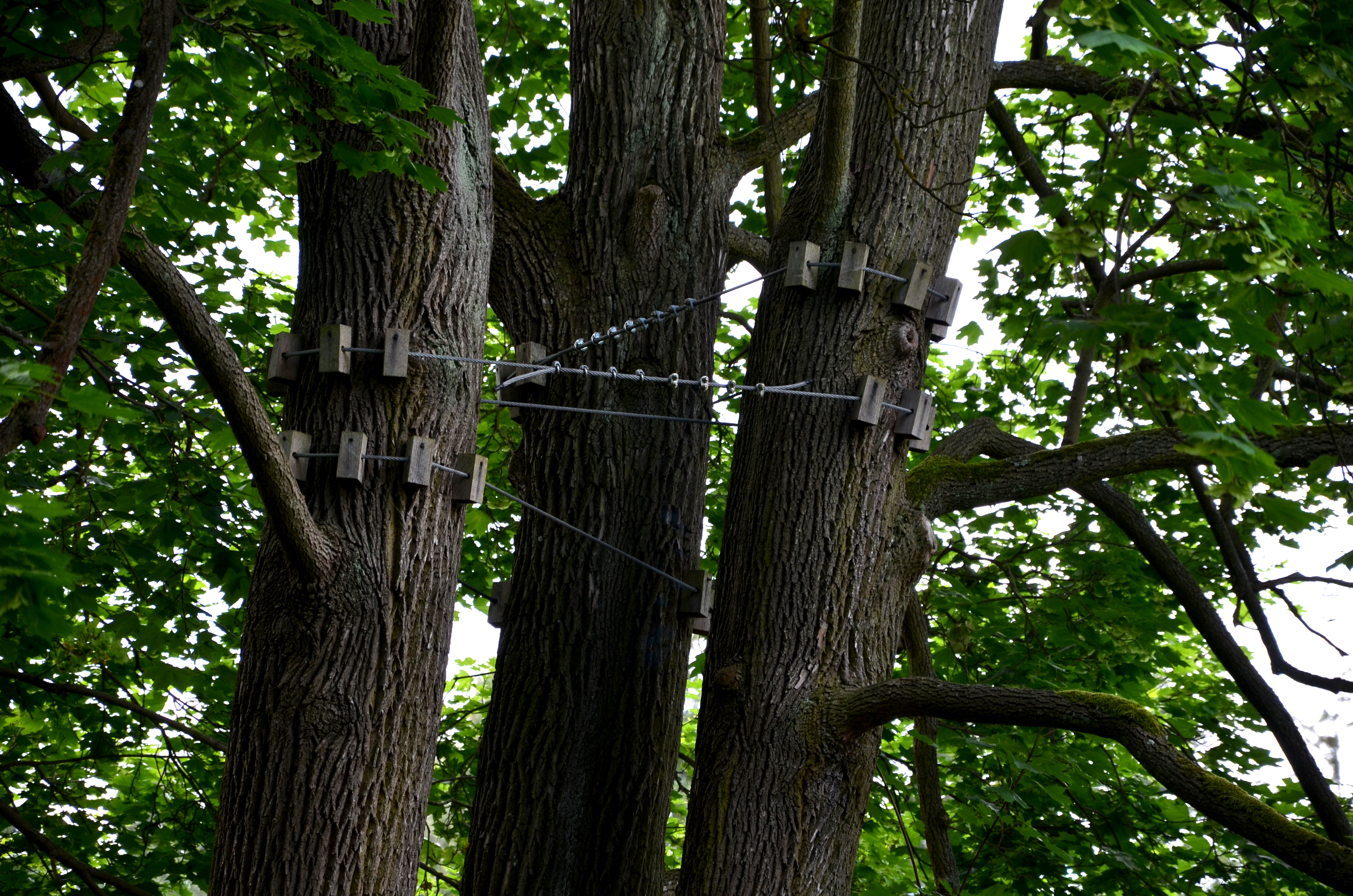
Trimming your bushes is one of the less costly aspects of landscaping, and it’s helpful to bundle many trimming services together to save money.
Let’s dig a little deeper into the best way to move a tree


Early spring is a good season for transplanting trees.
Early fall also works for most types of trees.
Transplanting in winter could damage or kill your tree.
Maybe you’re looking for a change of scenery for a young tree, or the spot it’s currently in isn’t doing it justice. You can certainly transplant your tree from one area to another, so long as you do it at the right time and your soil is in decent condition. You’ll want to aim for early spring or fall when tree growth is minimal and its roots aren’t reliant on a water source. Keep reading to learn more about when to transplant trees so that they thrive in their new home.
If a transplanted tree can start putting down roots before growth begins, it has the best chance for success. Depending on the type of tree you’re looking to transplant, it’s best to relocate it before the tree starts leafing out. Moving the plant when it’s dormant ensures it doesn’t lose any nutrients or necessary water to stay alive. This is especially true if you’re dealing with an oak tree, which should be transplanted in February or March.
When it’s time to transplant trees, spring isn’t your only option. You can also move trees in the fall, ideally before the first frost comes. Pine, evergreen, and maple trees are best transplanted in early to late fall when canopies become bare but before the ground becomes frozen. The more time you give your tree to settle into its new spot and build up nutrients before the next growing season rolls around, the better.
Although it’s recommended to transplant trees when they’re dormant, you don’t want your trees to be too dormant, which occurs during the winter months. Any traces of frost in your soil can lead to root damage and could potentially kill your tree. Plus, frozen ground is hard to dig into and plant trees in, making the transplant process even more difficult.

Whether you’re taking on the job yourself or enlisting the help of a professional, these tips can help make your tree’s new home a welcome environment.
The average home gardener should only transplant trees with a trunk diameter of 2 inches or less. Any bigger, and you’ll likely need more heavy-duty equipment or the help of a local tree planting service.
Professional tree planting services will have the necessary equipment and experience to move bigger trees to a new spot without damaging the roots or impacting the soil. Plus, they’ll likely be able to complete the job in less time than it would take you to get all the tools and supplies you need to do it solo.
From average costs to expert advice, get all the answers you need to get your job done.

Trimming your bushes is one of the less costly aspects of landscaping, and it’s helpful to bundle many trimming services together to save money.

The cost to remove palm trees depends on several factors, including their size, location, and more. Our guide shows the average palm tree removal costs.
Get transparent shrub removal cost info. Learn average prices, key cost factors, and tips to save on your next shrub removal project.

Cabling and bracing trees may help to increase longevity and prevent limbs from falling when trees are showing certain signs of distress.

If a tree falls in your yard, your first course of action is to determine the right type of professional to call to remove it. Read on to learn who to hire.

Tree stumps can take up to 10 years to rot naturally. Need to get rid of yours now? Here’s how to remove a stump with a chainsaw.